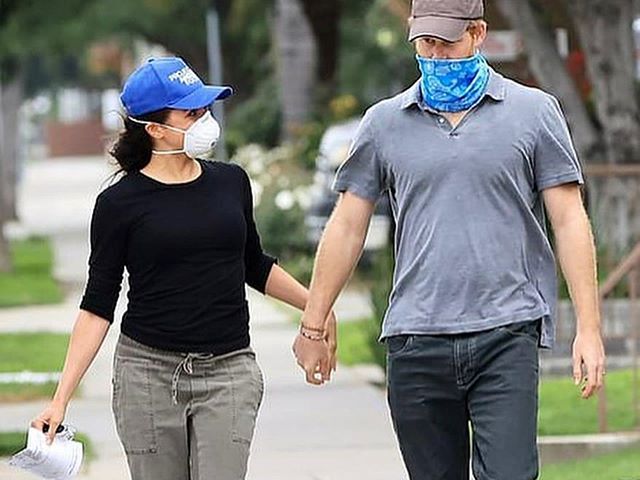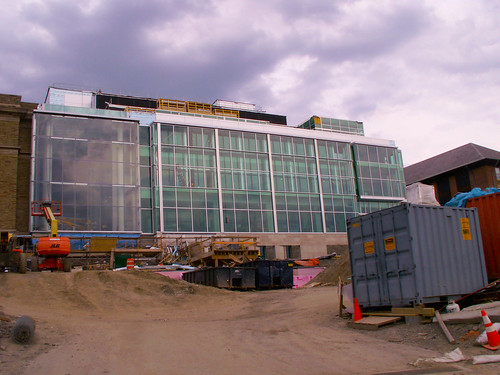LOLER Regulations Explained
What is LOLER?
LOLER stands for The Lifting Operations and Lifting Equipment Regulations. These regulations apply to the lifting industry and came into force in 1998 and cover several aspects in relation to operations and equipment, including; lifting goods and people in the workplace. In terms of equipment, these are the types that are covered by LOLER; lifts, hoists, hooks, ropes, chains, slings, shackles, rope and pulley systems, eyebolts and forklift trucks.
Additionally, LOLER covers leased and second-hand lifting equipment and operations, i.e. any company that leases out cranes, lifts, hoists etc. are responsible for the maintenance of equipment that is used by their customers. The LOLER regulations apply to all workplaces and industries (there are no exceptions).
General LOLER Requirements
Below are the general requirements that need to be adhered to by any company using lifting equipment in the place of work:
Risk assessment
A risk assessment of all equipment planned on being used on the premises must be carried out in order to maintain the safety of employees. These are the steps needed to be considered when doing so:
- Frequency of use
- Location of where the equipment will be used
- If/what limitations on the equipment that has been specified by the manufacturer and/or supplier
- Type of load that needs lifting and the weight and shape of the load
- Potential risks involved when lifting the equipment: chance of the load falling and hitting an individual or object.
Strength and Stability
Businesses need to ensure that employees are using equipment that has the required stability and strength needed to lift and move each load safely. This especially applies to mounting and/or fixing points.
There are certain factors that need to be considered, which can affect the strength and stability of equipment, including; the surface in which the equipment is used, the size and weight of the load, how the load is going to be lifted and the maximum wind loading capacity.
Reports and Defects
Any person that carries out an examination of the lifting equipment must identify any issues and potential hazards in regards to the equipment as soon as possible in writing. If/when there are any defects found on the equipment, records should be present and accessible to those concerned; employees using the equipment, the company and manufacturer/supplier. Additionally, the HSE for industrial workplaces e.g. local authorities should also be informed.
Marking Lifting Equipment
Any lifting equipment being used at the place of work, must be clearly and visibly marked in order to illustrate the safe working loads (SWL), in other words is the maximum load the equipment can safely lift.
Accessories are also required to be clearly marked and identify any defects or problematic areas that could potentially affect their safe use.
Exemptions of LOLER Regulations
There are some types of lifting equipment that is exempt from the LOLER regulations that are unlikely to be used by people in a place of work; stair lifts and platform lifts installed in shops for disabled customer access.
On another note, any lifting equipment that has been installed in public places for public access is subject to the Health and Safety at Work Act, in which case is required to be extensively examined to minimise public safety risks. It’s therefore, a great idea to use the LOLER examination check list to ensure that these requirements are complied with.
James, the author of this article has worked within the lifting equipment industry for several years and with that has gained vast knowledge and experience.












is the hook on a hook lorry exempt from Loler inspections
I have read your post, Thanks for providing such good information about loler testing